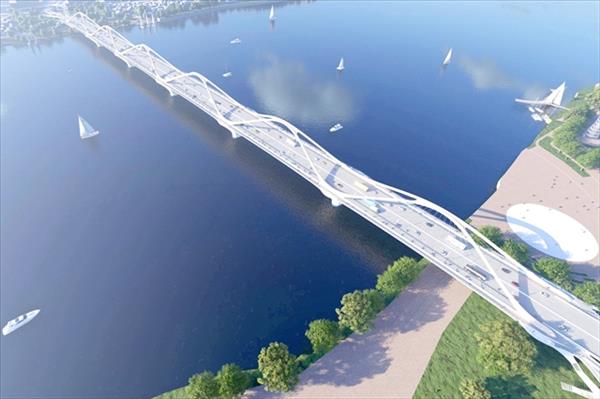The law consists of five chapters and 41 articles, setting out regulations on the management of architecture; practice of architecture; as well as power, responsibilities and obligations of agencies, organisations, and individuals in architectural activities.
An important content of the law is the principle of architectural activities should comply with Vietnam’s orientations for architectural development, urban and rural planning; meet socio-economic sustainable development needs; and ensure defence, security, environmental protection, reasonable use of natural resources, climate change adaptation, and natural disaster prevention.
The law looks to promote traditional architectural values and acquire the world’s quintessence in architecture.
It aims to apply high technologies to ensure economic, technical and artistic efficiency as well as make effective use of energy and combine harmoniously benefits of the nation and the community along with legitimate interests of participating organisations and individuals.
One of the issues attracting the attention of legislators was the preservation of national cultural identities in architecture, including typical characteristics of natural conditions, economy-society, culture and art, ethnic traditional customs, construction techniques and materials which are illustrated in architectural works.
After thorough discussions, the legislators agreed to supplement an article to the law, which aims at preserving and promoting national cultural identities in architecture.
The lawmakers held that it is necessary to stipulate the expiration date of an architectural practice certificate to ensure the qualifications of architects. They agreed to keep the current 10-year duration.
VNA/VNP

















